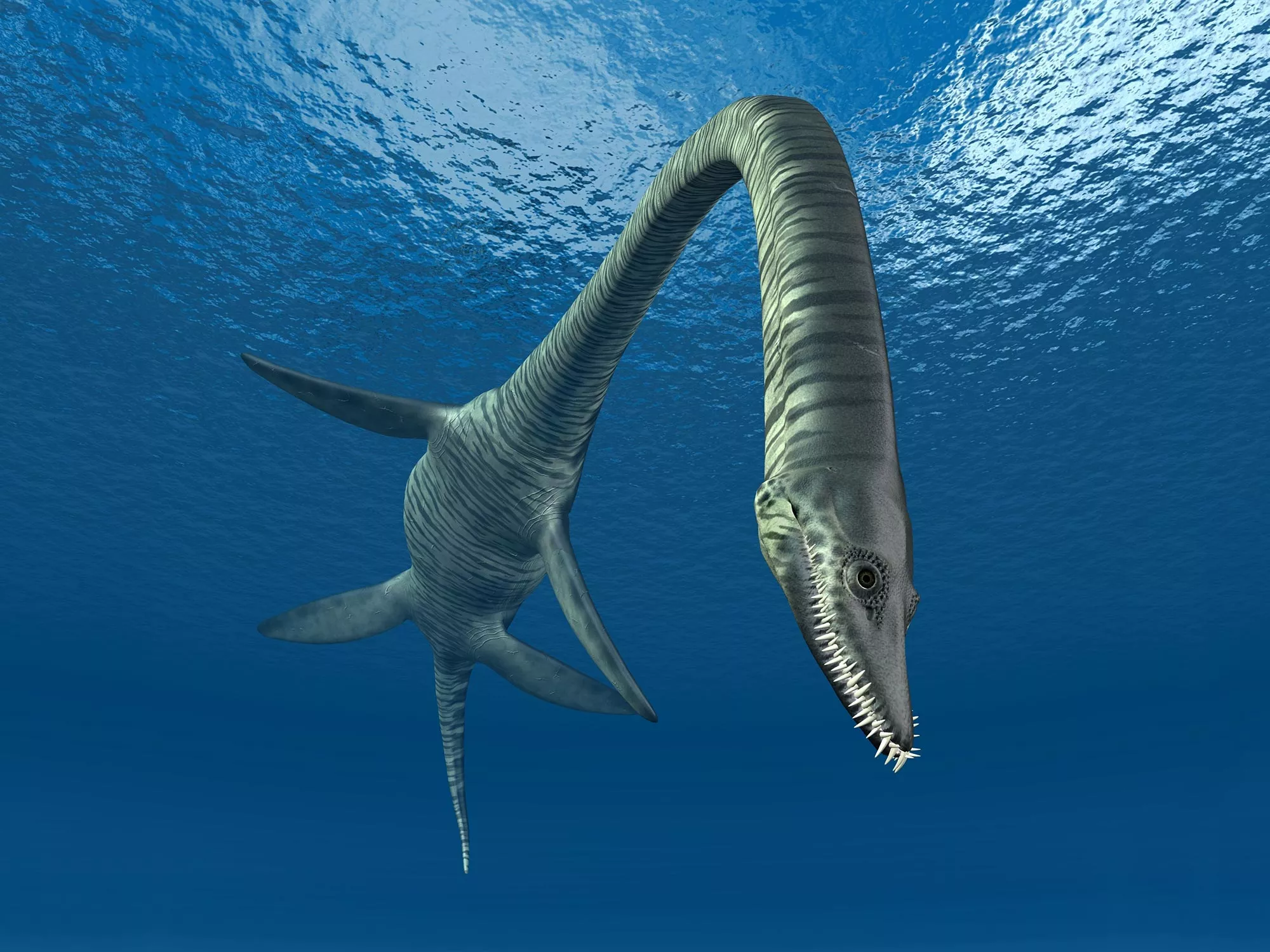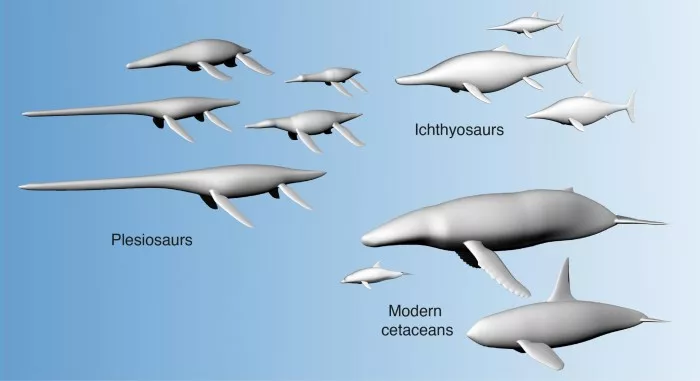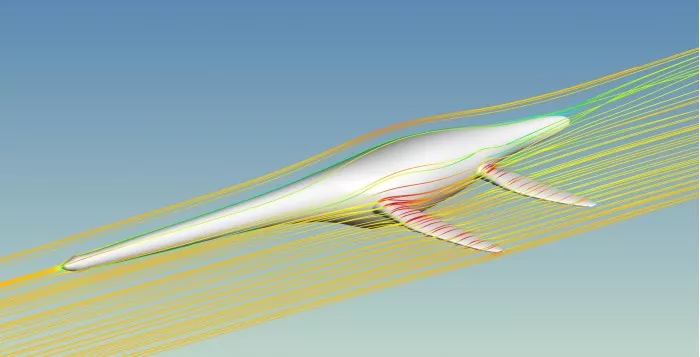A new study has found that huge bodies can help extinct marine reptiles with super long necks swim. Body size is more important than body shape in determining the energy economy of aquatic animals swimming, according to new research by scientists at the University of Bristol This study, published in the journal communication biology on April 28, 2022, shows that a large body can help overcome the additional resistance caused by extreme forms, refuting the long-standing view that there is the best body shape with low resistance.
An important finding of this study is that the huge neck of the extinct elite dragon did add additional resistance, but this was compensated by the evolution of large bodies.
Quadrupeds, or "four legged vertebrates", have repeatedly returned to the ocean over the past 250 million years. They have many shapes and sizes, ranging from streamlined modern whales with a length of more than 25 meters (82 feet), to extinct plesiosaurs with four flippers and an ultra long neck, and even extinct ichthyosaurs.
3D model of aquatic quadruped
Dolphins and ichthyosaurs have similar body shapes and are suitable for rapid movement in the water. The body structure makes the resistance of water very low. On the other hand, in the Mesozoic, the multi legged dragon coexisting with Ichthyosaurus had a completely different body. The huge four flippers they use to fly underwater, as well as different neck lengths, do not exist in existing living animals. Some ancient reptiles have necks up to 20 feet (6 meters). These necks may help them catch fast-moving fish, but they are also thought to make them slower.
Until now, it is unclear how shape and size affect the energy needs of these diverse marine animals for swimming. Dr Susana gutarra D í AZ, a paleontologist at the school of Earth Sciences at the University of Bristol and the National Museum of history in London, who led the study, explained. "To test our hypothesis, we created various three-dimensional models and carried out computer flow simulations of polypods, ichthyosaurs and cetaceans. These experiments were carried out on computers, but they were like water tank experiments.".
Computer simulation of three-dimensional flow through plesiosaur
Dr Colin Palmer, an engineer involved in the project, said. "We show that although polypodactyls did encounter more resistance than ichthyosaurs or whales of equal mass due to their unique body shape, these differences were relatively small. We found that when considering size, the differences between groups became much smaller than the differences in shape. We also show that the ratio of length to diameter, which is widely used to classify these aquatic animals as more efficient or lower, is not a good indicator of low resistance." 。
Plesiosaurs is an extinct family of polypods. They have the longest neck and lived in the hauterivian to Maastrichtian stages of the Cretaceous. Their food is believed to mainly include crustaceans and mollusks. Simulations of these models show that after a certain point, the neck will increase additional resistance, which may make swimming difficult. This' optimal 'neck limit is about twice the length of the animal's trunk.
Dr Benjamin moon, another collaborator and marine reptile expert, continued. "When we examined a large number of bivalve samples using real-size well preserved fossils as models, we found that most bivalve necks were below this high resistance threshold, within which necks could grow or shorten without increasing resistance. But more interestingly, we showed that chirosaurs with extremely long necks also evolved very large trunks, which made up for additional resistance."
The study showed that, contrary to popular knowledge, tailed dragons with long necks did not necessarily swim slower than ichthyosaurs and whales, thanks in part to their large bodies. In the plesiosaur population, the proportion of necks changes very quickly. This confirms the hunting advantages of plesiosaurs, but they cannot take advantage of this adaptability until they become large enough to offset the cost of high physical resistance.
Research shows that large aquatic animals can afford crazy shapes, like plesiosaurs. But there are also limitations: body size cannot be infinite, because there are some restrictions on very large size. The maximum neck length we observed seems to balance the benefits of hunting with the cost of growing and maintaining such a long neck. In other words, the necks of these unusual creatures have evolved in balance with their entire body size to minimize water resistance.



